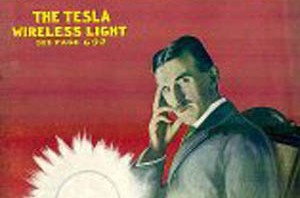Tag: Electrical Experimenter
-

Nikola Tesla’s hidden contribution
Nikola Tesla is a hero to geeks everywhere, who will be celebrating his birthday this week. World-famous in his lifetime, the prodigiously gifted inventor fell into semi-obscurity after his death in 1943, even though his inventions helped create the world we live in now. Tesla’s fans know about his groundbreaking work in many…
